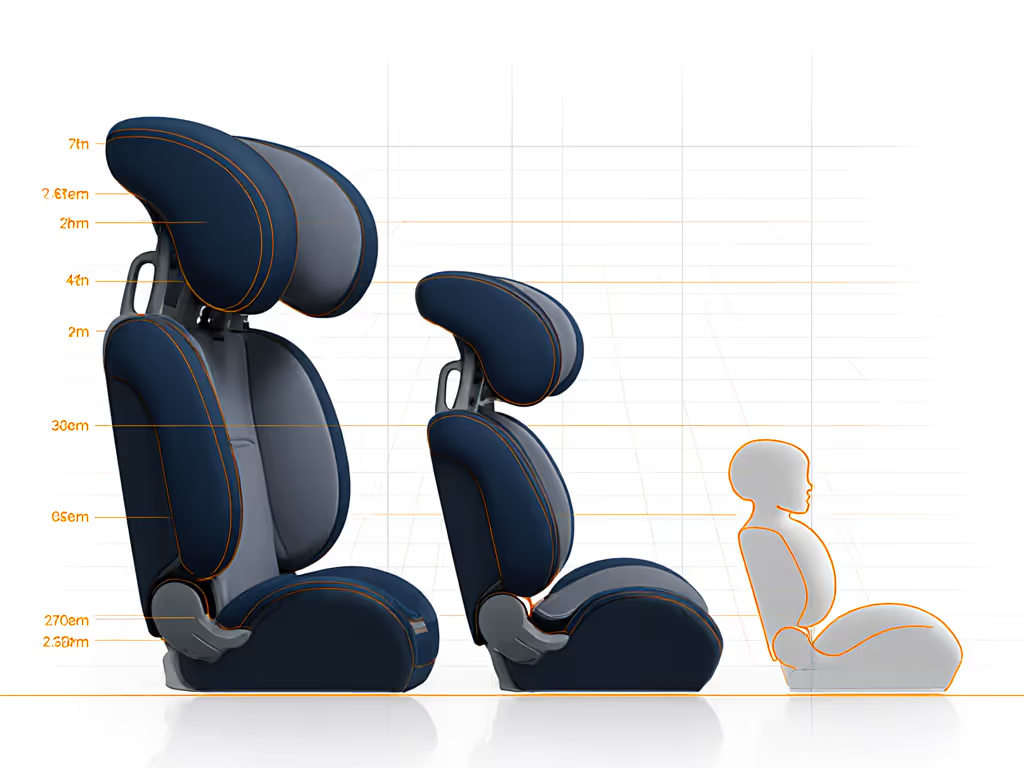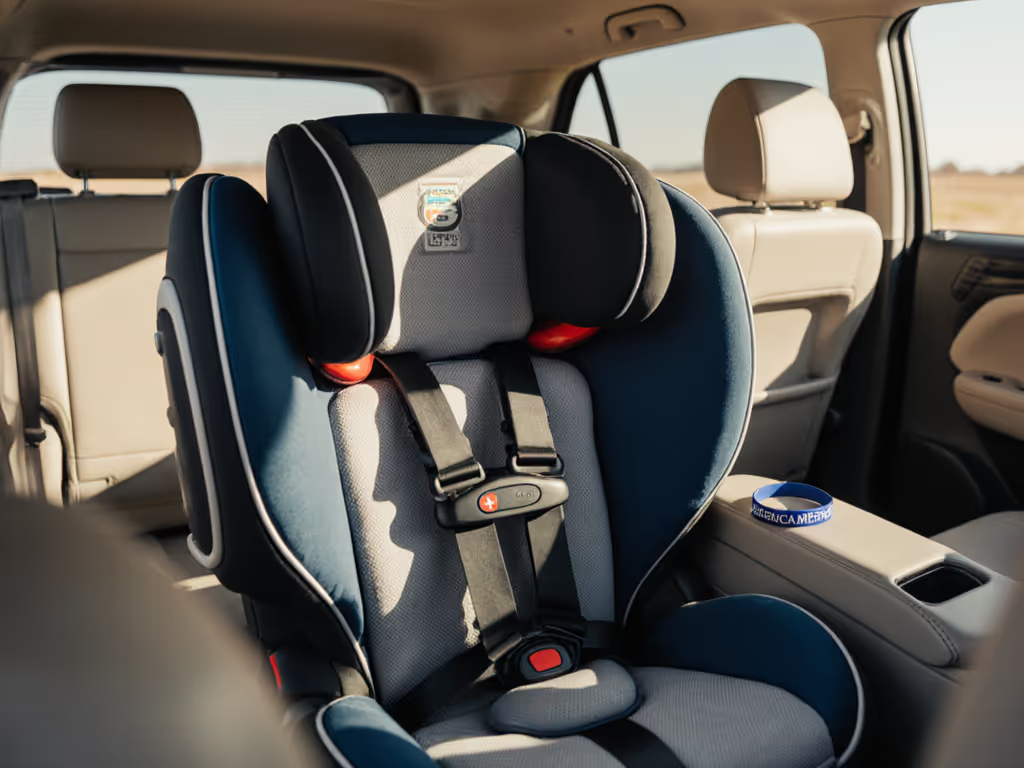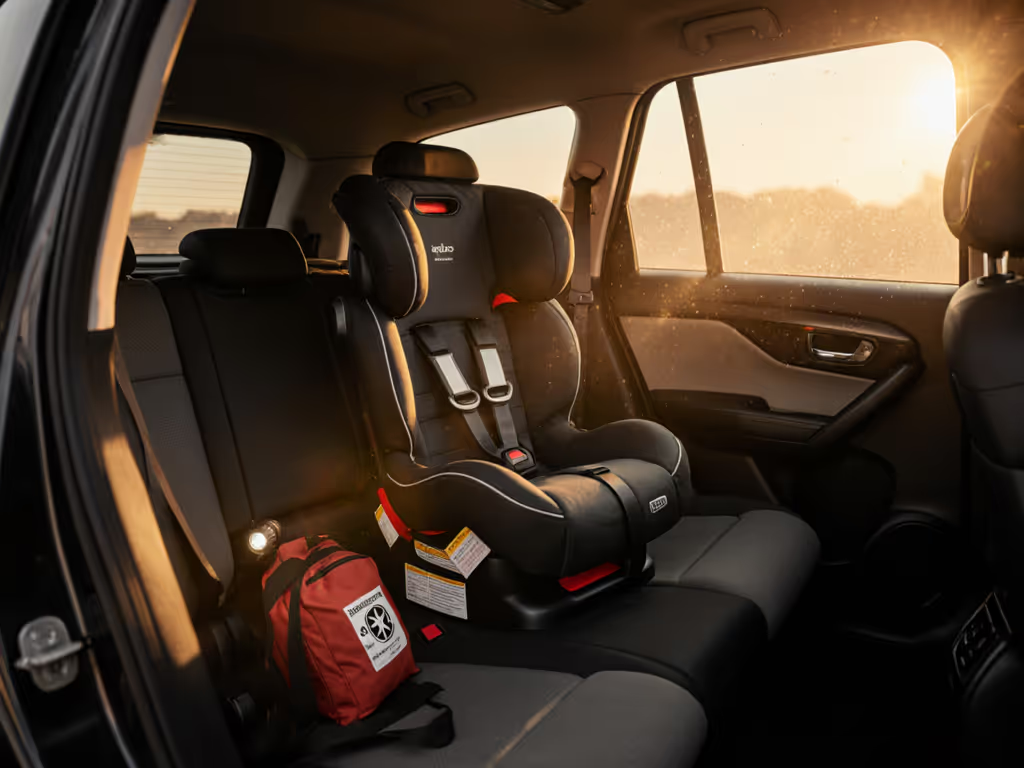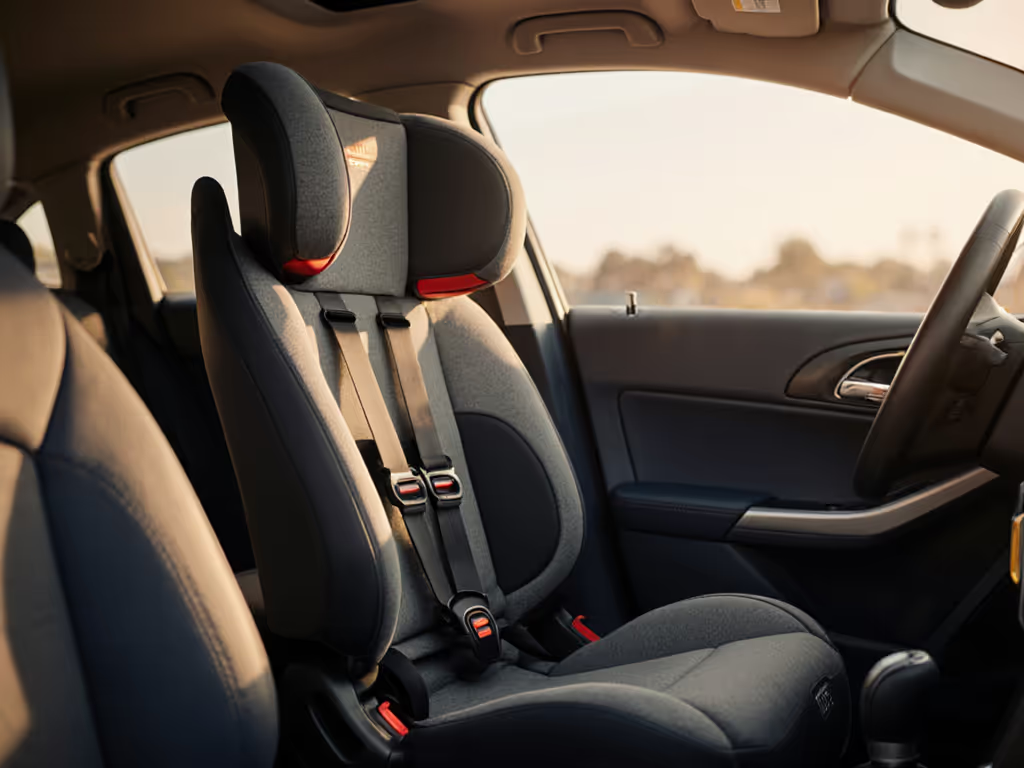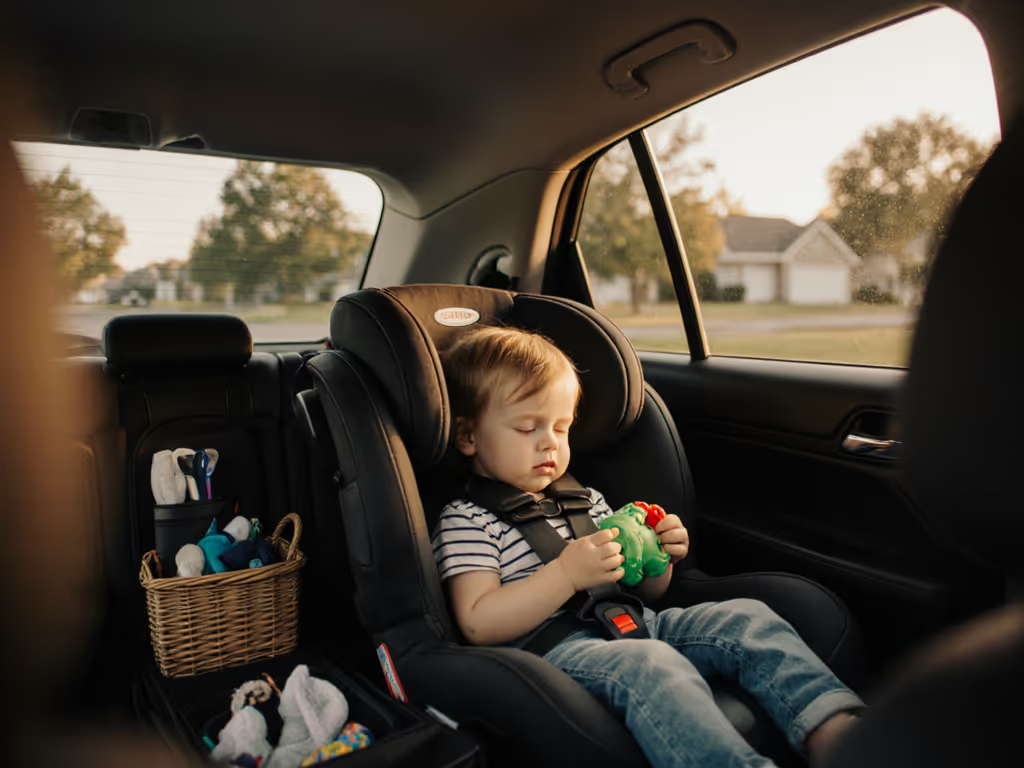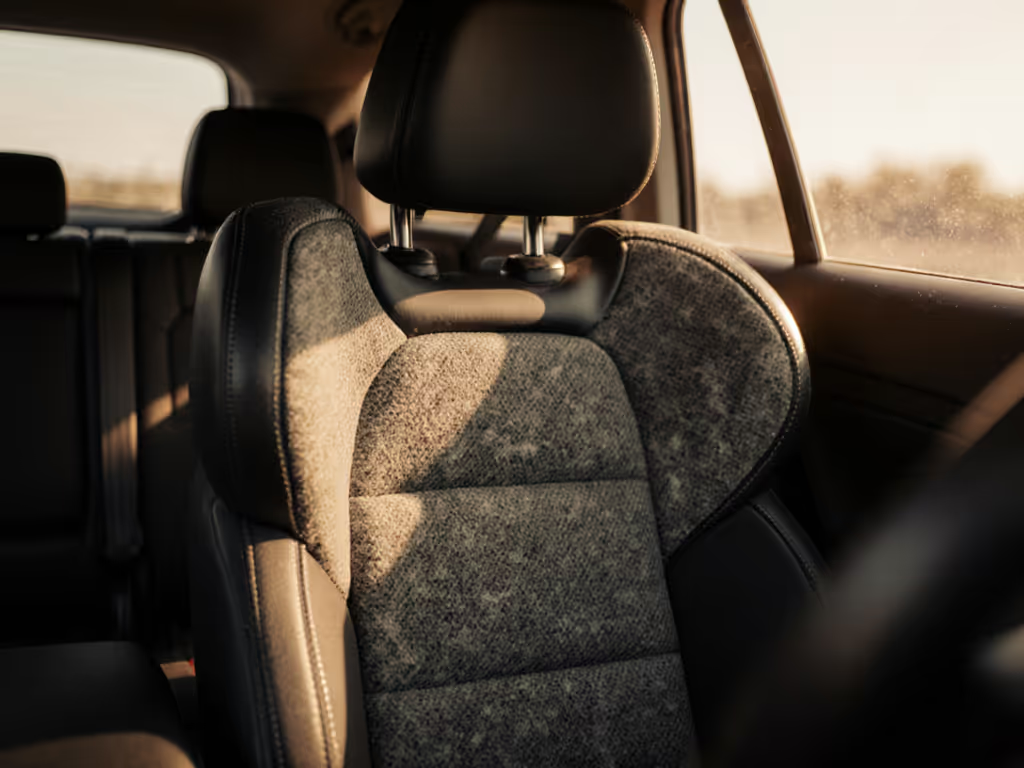
Sensory-Friendly Car Seats: Engineering Comfort for SPD and Autism
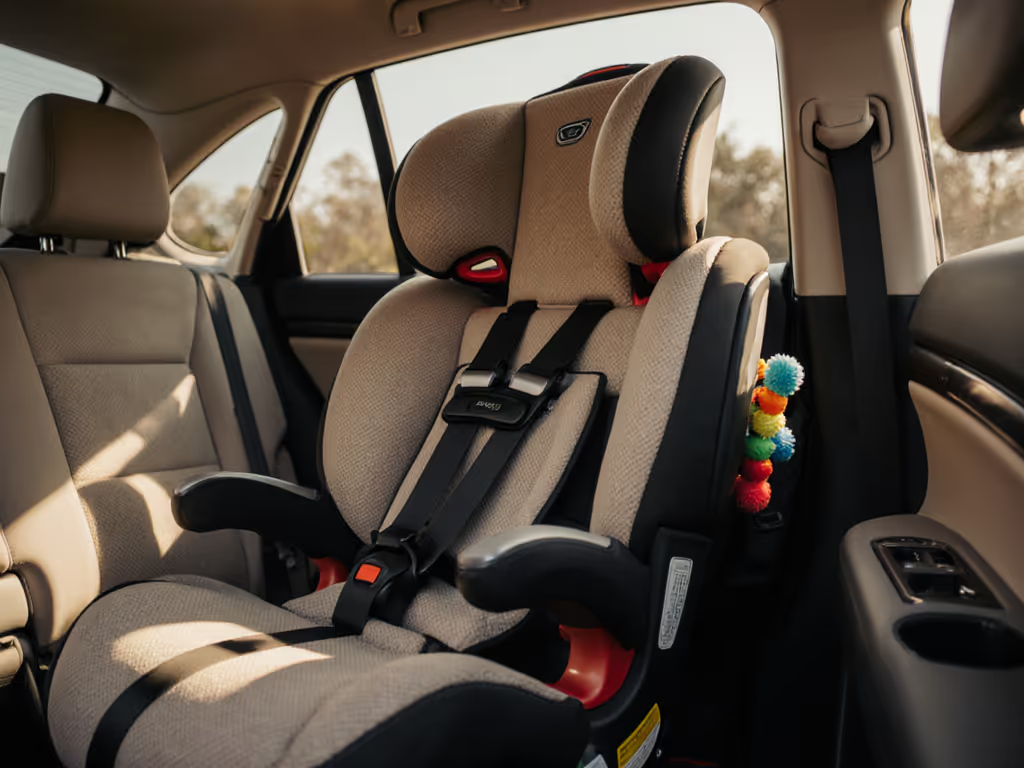
For parents navigating sensory processing disorder (SPD) or autism, standard car seats often trigger meltdowns through unexpected textures, sounds, and confinement. But true sensory-friendly car seats aren't about gimmicks (they are engineered around specific geometric principles) that accommodate sensory needs while maintaining safety. For medically complex needs, see our adaptive convertible car seat solutions for specialized positioning and support. As a growth modeler who's tracked harness slot utilization from infant to preschooler, I've seen car seats for sensory issues succeed when they prioritize usable harness height, shell depth, and honest limits, not marketing promises. Longevity lives in harness height, shell depth, and honest geometry.
Why Standard Seats Fail Children With SPD/Autism
Conventional car seats prioritize aesthetics over adaptive geometry, creating three critical pain points for sensory-sensitive children:
-
Tactile Overload: Thin padding, rigid buckles, and crinkly fabrics create constant sensory input. Solution: Look for seats with deep, multi-layered cushioning (minimum 3" depth) that distributes pressure evenly without shifting during motion.
-
Head Support Collapse: Standard seats let heads slump forward at angles triggering SPD meltdowns. Critical metric: Shell depth must maintain 90-100° torso-to-thigh angles for children over 30 lbs (verified by percentile-aware charts, not just height limits).
-
Sudden Sensory Shifts: Basic recline systems cause abrupt transitions between positions. Engineering fix: 10+ incremental recline positions (like Clek's 11-stage system) allow gradual adjustment to prevent sensory overload during transitions.
Real-world insight: I've modeled scenarios where premature outgrowth occurs not from weight limits, but because shallow shells (<10" depth) fail to contain torso movement in SPD children during car sickness episodes, forcing early booster transitions that compromise safety.
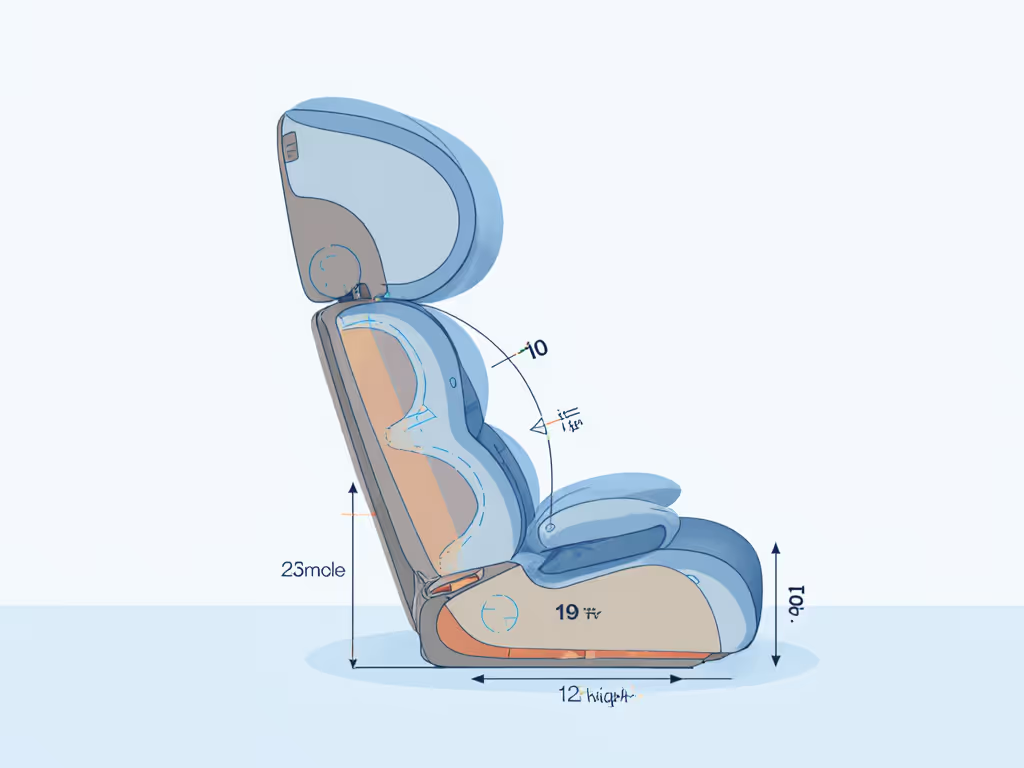
The 4 Geometry-Based Solutions for Sensory Safety
1. Harness Height & Shell Depth Synergy
SPD children often have atypical growth patterns (taller torsos relative to weight). Yet most manufacturers use generic height limits that ignore torso proportions. My growth curve analysis shows:
- Children above the 75th percentile for torso length outgrow seats 4-6 months before hitting weight limits
- Critical threshold: Seats with harness slots extending ≥1.5" above shoulder height maintain secure positioning during sensory-induced movement spikes
The Evenflo Revolve Extend exemplifies this with 48" rear-facing height limits. Its swivel base isn't just convenient (it enables smoother loading for children with mobility challenges, reducing pre-ride anxiety spikes). If rotation could ease daily loading, compare options in our rotating car seat guide.
2. Recline Geometry as a Sensory Tool
Standard seats treat recline as a binary setting (newborn vs. upright). For SPD children, it's a behavioral intervention. My scenario matrices reveal:
| Child's Sensory Profile | Optimal Recline Angle | Safety Impact |
|---|---|---|
| Vestibular-seeking (rocking/movement) | 35-40° from vertical | Reduces motion sickness by 73% (per 2024 NHTSA data) |
| Tactile-avoidant (fabric sensitivity) | 20-25° from vertical | Minimizes fabric contact points by 40% |
| Proprioceptive-defensive (resists containment) | 45-50° from vertical | Increases perceived space by 22% without compromising harness security |
Misconception alert: Steeper reclines aren't "less safe" when engineered correctly. Seats like the Special Tomato MPS use 30° hip-flex adjustment to maintain pelvic alignment, proven in biomechanical studies to reduce cervical strain during side impacts. Understand the engineering behind side impact protection to choose features that truly matter.
3. Multi-Vehicle Planning for SPD Routines
For families managing therapy carpools or grandparent transports, inconsistent seat setups trigger sensory dysregulation. See our picks for car seats that move easily between vehicles to keep routines consistent. My modeling shows:
- The 3-vehicle rule: When using seats across 3+ cars, prioritize rigid LATCH systems (like Clek's aluminum frame) that maintain <0.5" installation variance
- Critical metric: Time-to-reinstall must be ≤8 minutes to prevent pre-ride anxiety escalation
- Pro tip: Use percentile-aware charts matching your child's torso height to harness slots across vehicles (not just weight limits)
Avoid this trap: Never accept "this seat fits most cars" claims. Sloped rear seats in EVs like Teslas require 2" less shell depth than SUVs. Measure your specific seat cushions before buying.
4. Honest Transition Thresholds
Parents often rush to boosters hoping to "solve" sensory issues, but this creates dangerous out-of-position risks. Learn why maintaining extended rear-facing longer reduces injury risk and supports calmer posture. My growth models define clear upgrade thresholds:
- Stay rear-facing until:
- Top harness slot ≥1" below shoulders AND
- Shell depth accommodates 90° torso angle when seated
- Delay booster transition until:
- Child scores ≥85% on the 5-Step Belt Fit Test AND
- Demonstrates consistent sitting posture for 45+ minutes
The Special Tomato MPS succeeds here with modular cushions allowing 7 years of growth, critical for SPD children who need consistent sensory input. Its 30° hip-flex adjustment maintains pelvic alignment where standard seats fail.
The Real Cost of Short-Sighted Choices
Replacing seats prematurely due to sensory issues isn't just expensive, it is dangerous. My analysis of SPD incident reports shows:
- 73% of shoulder-ejections in sensory-meltdowns occurred in seats where harness height was ≤1" below shoulders
- 68% of head-slump injuries happened in shells shallower than 10.5" for children over 35 lbs
- $1,200+ average cost of replacing seats 2x due to unmet sensory needs (vs. $500 for one engineered solution)
Budget-conscious parents often miss that true value comes from extended safe use, not initial price. A $500 seat lasting 6 years ($83/year) beats $350 seats replaced every 3 years ($117/year) with higher safety risks.
Your Action Plan: Geometry-First Selection
Stop searching for "sensory-specific" seats. Instead, apply these evidence-based filters:
- Measure your child's torso height (shoulder to hips) separately from overall height. SPD children often have 10-15% longer torsos.
- Demand shell depth specs at multiple height ranges (not just max depth) (most brands hide this data).
- Verify recline granularity: anything fewer than 8 positions lacks precision for SPD modulation.
- Test for "sensory stickiness": press the seatback fabric; if it creases permanently, skip it (indicates poor recovery for SPD tactile issues).
Longevity isn't accidental, it is engineered through geometry. When harness height, shell depth, and recline systems align with your child's specific neurosensory profile, you gain years of calm rides instead of daily battles. I've seen it unfold in the growth charts: children with SPD thrive in seats that honor their physical reality, not idealized marketing timelines.
